Public Telecommunications Fund needs to solve the mechanism problem
Mr. Tran Duy Hieu, Director of the Public Telecommunications Fund (Ministry of Information and Communications), said that the Fund's operational objective is to clearly separate business activities from the responsibility of telecommunications enterprises to fulfill their obligations to provide universal services. The Fund has provided public telecommunications services including telephone and Internet services to mountainous areas, remote areas, and areas with difficult socio-economic conditions in 203 districts, 904 communes (outside the 203 districts above) and 41 islands.
Up to this point, remote areas, areas with particularly difficult economic conditions have basically completed 2G and 3G coverage, but it is still necessary to continue deploying broadband fiber optic transmission infrastructure, 4G and 5G coverage to complete the goal of developing broadband telecommunications infrastructure into socio-economic infrastructure serving the goal of digital transformation, promoting the development of the digital economy and digital society, especially in areas where businesses do not want to invest due to not being able to cover the costs.
In addition, more than 4,600 km of roads in border areas need support to establish terrestrial mobile broadcasting stations to ensure national defense and security, and 6,786 villages do not have a fixed-line broadband access network (of which, up to 4,687 villages are in communes with particularly difficult socio-economic conditions, island communes). Currently, there are 2,418 villages that do not have terrestrial mobile broadcasting stations (including 1,481 villages in communes with particularly difficult socio-economic conditions, island communes).
In addition to the above investment, the Fund will support the use of terrestrial mobile information services for subscribers who are poor and near-poor households : about 1.9 million subjects and support terminal devices such as tablets and smartphones for poor/near-poor households, social policy families, and other special policy subjects to be able to use telecommunications services.
The problem is: The Public Telecommunications Fund is a contribution from the revenue of enterprises but the spending mechanism is implemented as from the budget. This makes it difficult for the fund to invest in the above programs.
According to Mr. Tran Duy Hieu, the public telecommunications program supports the entire period; but to develop the content to support the development of telecommunications infrastructure, it is necessary to survey the current status of the telecommunications network, forecast the development trend and the need for support; the procedures take as much time as for public investment projects, so the program is often approved later than the beginning of the period, while the implementation, summary and settlement are often delayed compared to the end. The discontinuous programs lead to the interruption of the public telecommunications policy, while telecommunications services are continuous in nature. Therefore, there must be transitional policies between programs for the support content of public telecommunications services.
Furthermore, the total revenue of the Public Telecommunications Fund is large, while the disbursement for tasks and projects of telecommunications service provision programs is lower than planned, leading to a large fund balance.
The representative of the Public Telecommunications Fund also gave evidence: In the program of providing public telecommunications services until 2020, 8/22 tasks could not be implemented, including tasks on supporting the development of telecommunications infrastructure - these are tasks with expected funding accounting for a large proportion of the program's budget; this has led to fund surplus.
Specifically, the Fund has not been able to implement the program to support investment in establishing a broadband transmission system to communes without broadband transmission connections and support the establishment of a fixed broadband access network in communes without a fixed broadband access network. In addition, the Public Telecommunications Fund has not supported the implementation of solutions to enhance the assurance of safe and reliable communication in establishing networks and providing telecommunications services to the community and the management of authorities at all levels and supporting broadband Internet connections for schools, hospitals, and commune-level People's Committees. The Fund has not yet supported the establishment of electronic information portals of People's Committees at all levels and online public services on the portal to serve the people, focusing on remote, isolated, and extremely disadvantaged areas.
“ The development of a system of policies guiding the implementation of public telecommunications services is still slow and incomplete, causing confusion for implementing units and delaying the implementation of program tasks. The role of localities in participating in the implementation of programs is not suitable for the actual situation, does not ensure harmony between responsibilities and local resource conditions, so the participation of localities is very limited, especially in planning, inspection and supervision of the implementation of the Program at the local level, ” said a representative of the Public Telecommunications Fund.

Will solve the mechanism problem in the Telecommunications Law
Presenting the draft revised Telecommunications Law recently, Deputy Minister of Information and Communications Pham Duc Long said that the draft law aims to fully institutionalize and comply with the Party's policy on developing a market economy with state regulation in telecommunications activities, developing telecommunications infrastructure and other infrastructures to create a foundation for the development of the digital economy and digital society. At the same time, it mobilizes economic sectors with sufficient capacity to participate in building and developing telecommunications infrastructure and other infrastructures to serve national digital transformation.
The drafting of the bill also aims to overcome institutional problems, policy loopholes, and inadequacies in the provisions of the 2009 Telecommunications Law and regulations related to telecommunications activities that limit the development process; supplement regulations on new contents, in line with the trend of telecommunications development, the trend of convergence, the formation of digital infrastructure, infrastructure of the digital economy, etc.
The draft law inherits current regulations on maintaining the Vietnam Public Telecommunications Service Fund. One of the reasons for maintaining this fund is to ensure funding for the development and maintenance of telecommunications infrastructure, providing universal telecommunications services in areas with particularly difficult socio-economic conditions that the state budget finds difficult to cover.
Furthermore, in essence, through the mechanism of contributing and using financial resources from the fund, service providers also benefit, revenue will increase when the lives of people in remote areas are improved, and people's demand for telecommunications services is increasing.
To overcome the shortcomings of the fund's implementation in the previous phase, the public telecommunications programs in the following phase will clearly define the fund's support objectives, regulations on contributions and disbursements implemented according to the principle of corresponding revenue and expenditure, and no revenue will be collected if there is no expenditure task to avoid fund surplus.
Source




![[Photo] Nhan Dan Newspaper Youth Union visits Vietnam Military History Museum](https://vstatic.vietnam.vn/vietnam/resource/IMAGE/2025/3/25/374e4f70a35146928ecd4a5293b25af0)
![[Photo] Head of the Central Propaganda and Mass Mobilization Commission Nguyen Trong Nghia received the delegation of Nhan Dan Daily](https://vstatic.vietnam.vn/vietnam/resource/IMAGE/2025/3/25/cdb71275aa7542b082ec36b3819cfb5c)
![[Photo] Prime Minister Pham Minh Chinh meets with the Ministry of Education and Training; Ministry of Health on the draft project to be submitted to the Politburo](https://vstatic.vietnam.vn/vietnam/resource/IMAGE/2025/3/25/c0e5c7348ced423db06166df08ffbe54)











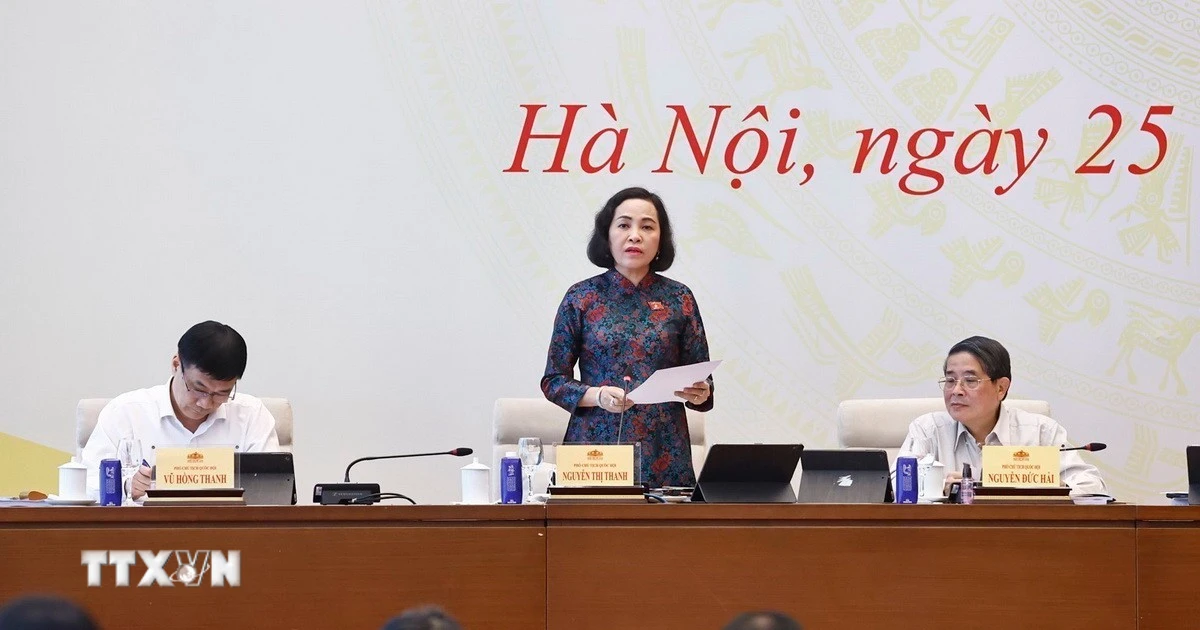











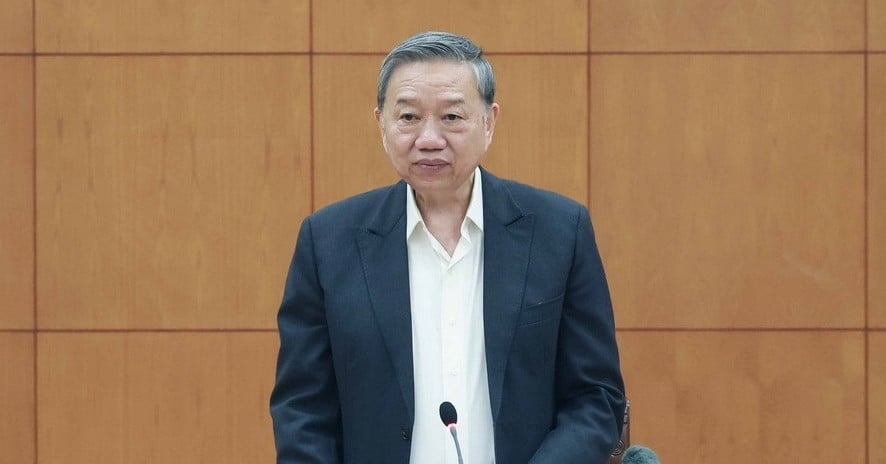
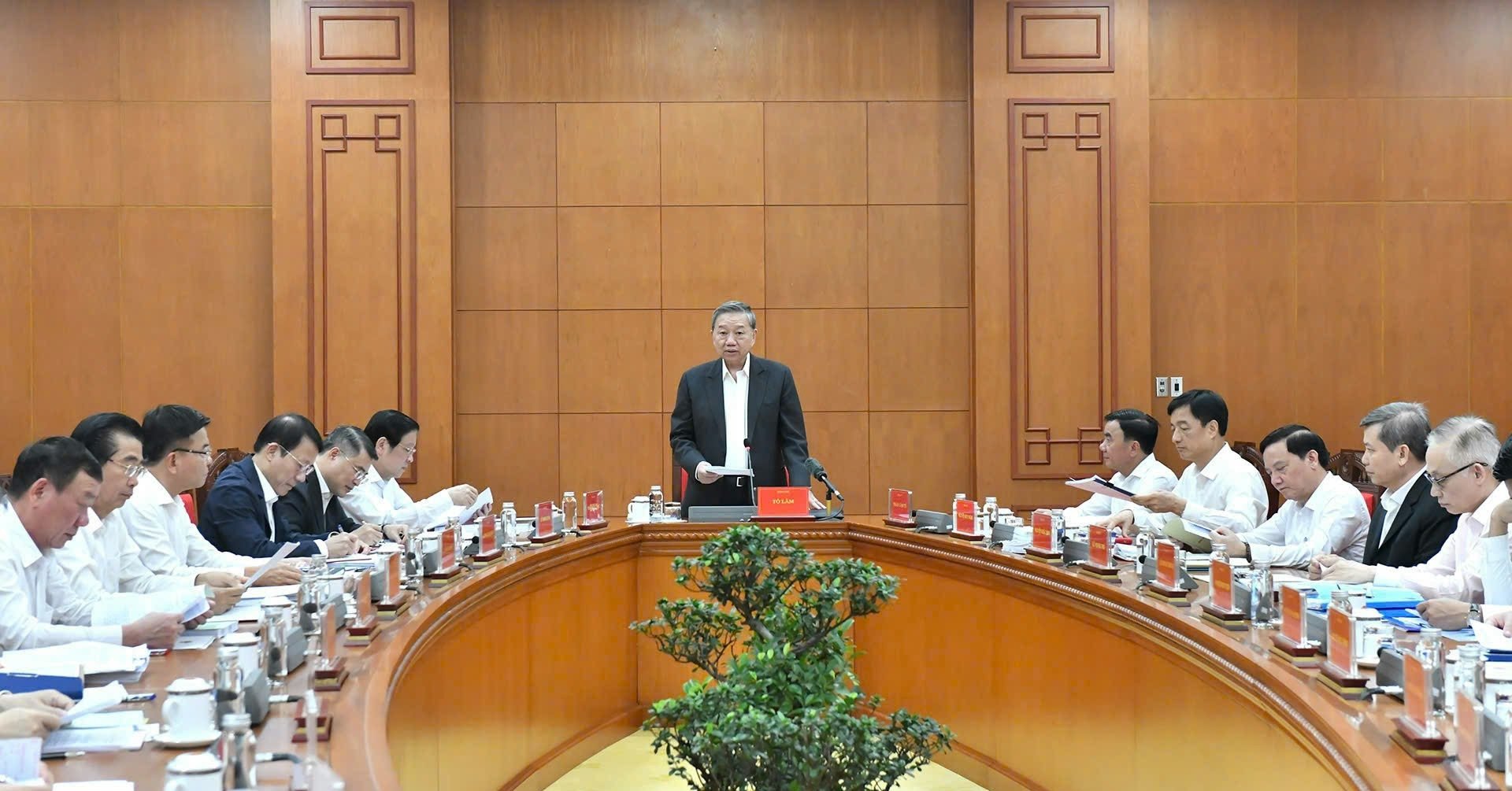

![[Photo] General Secretary To Lam chairs the Standing Meeting of the Central Steering Committee on preventing and combating corruption, waste and negativity](https://vstatic.vietnam.vn/vietnam/resource/IMAGE/2025/3/25/839ea9ed0cd8400a8ba1c1ce0728b2be)











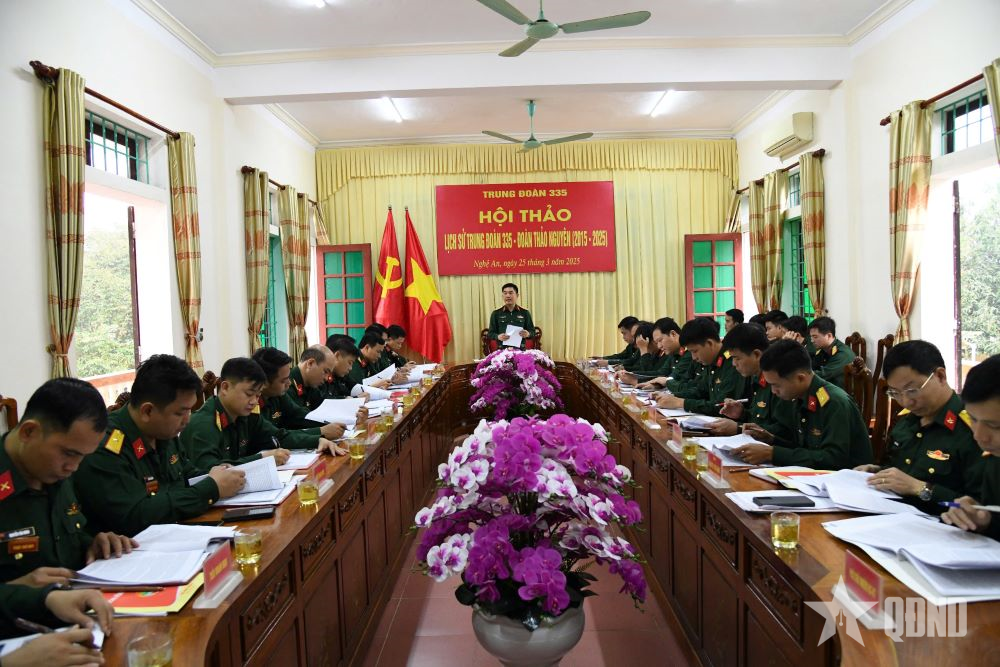




















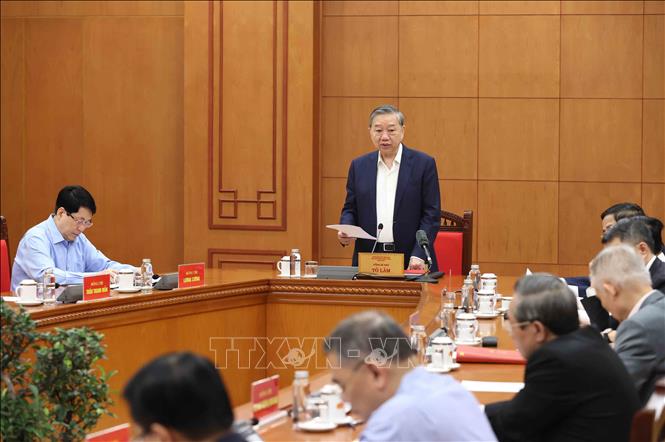






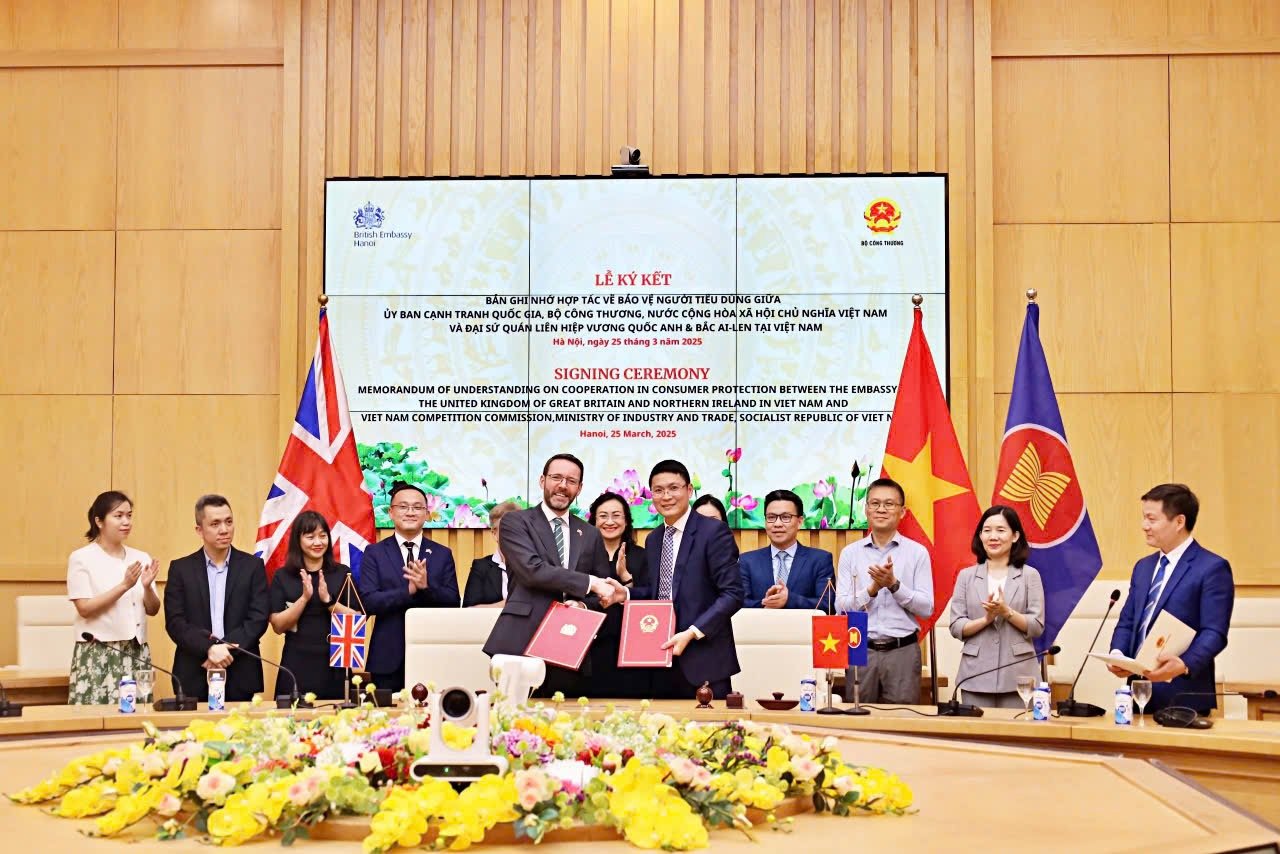

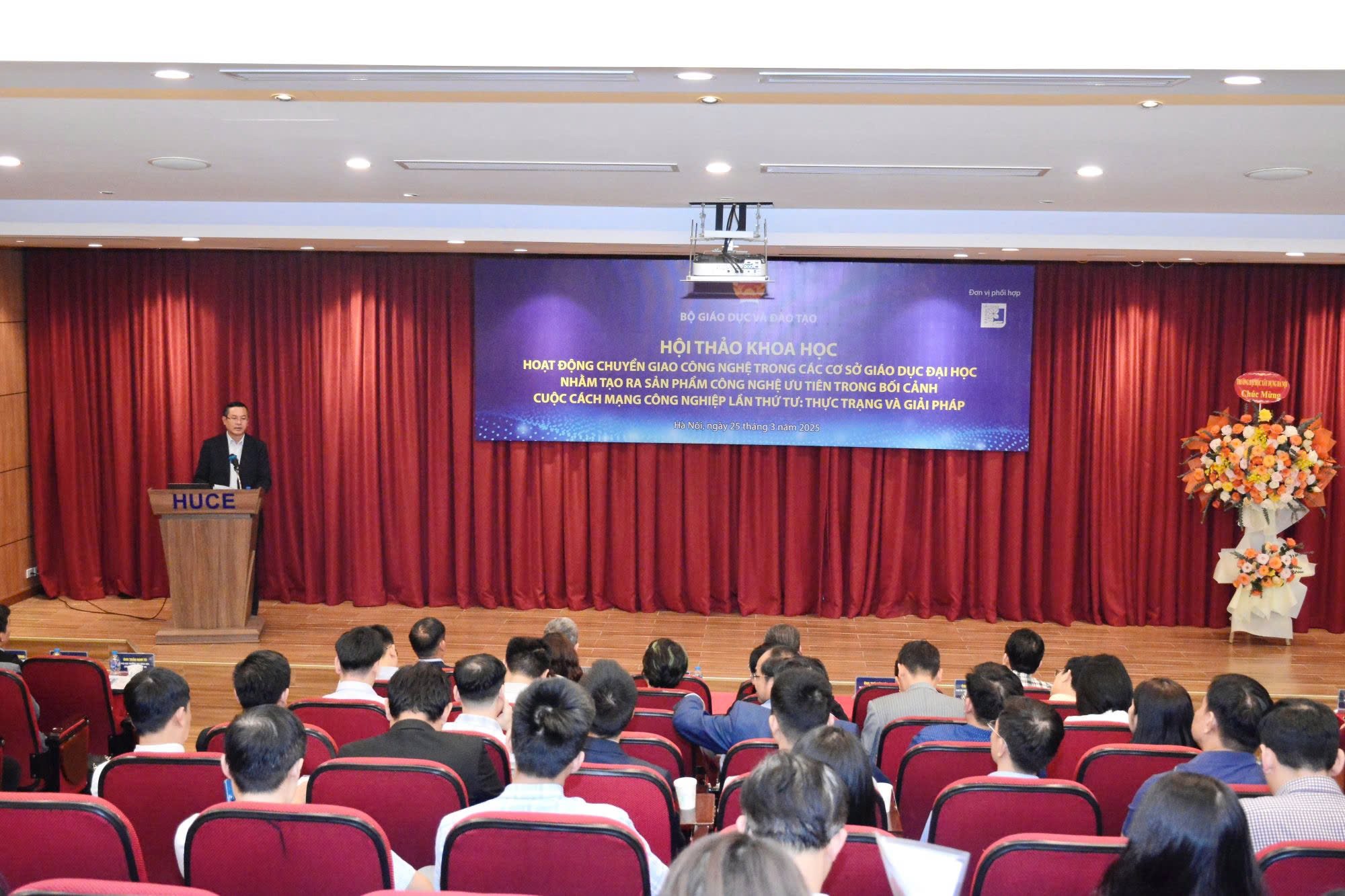





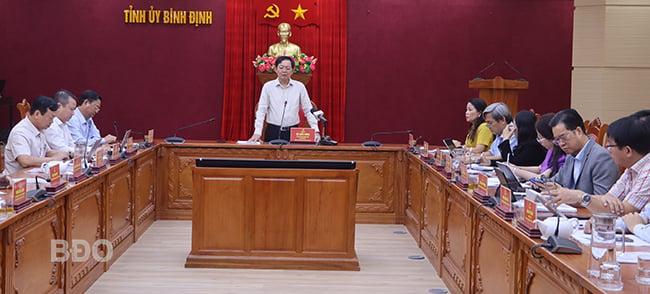
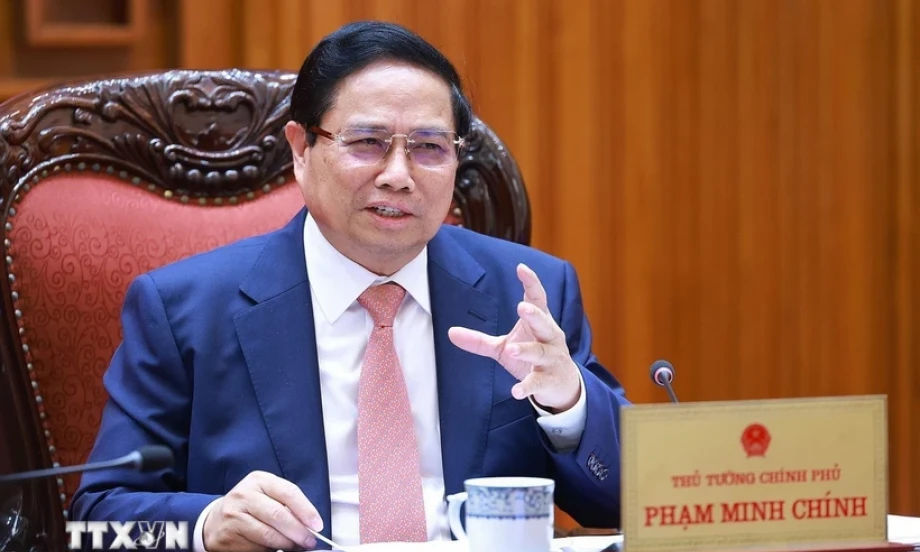
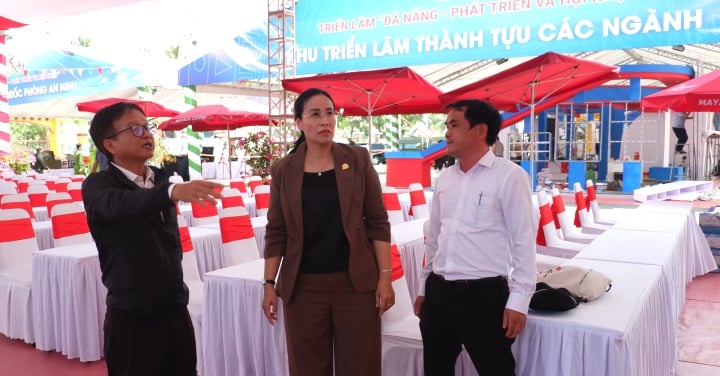








Comment (0)